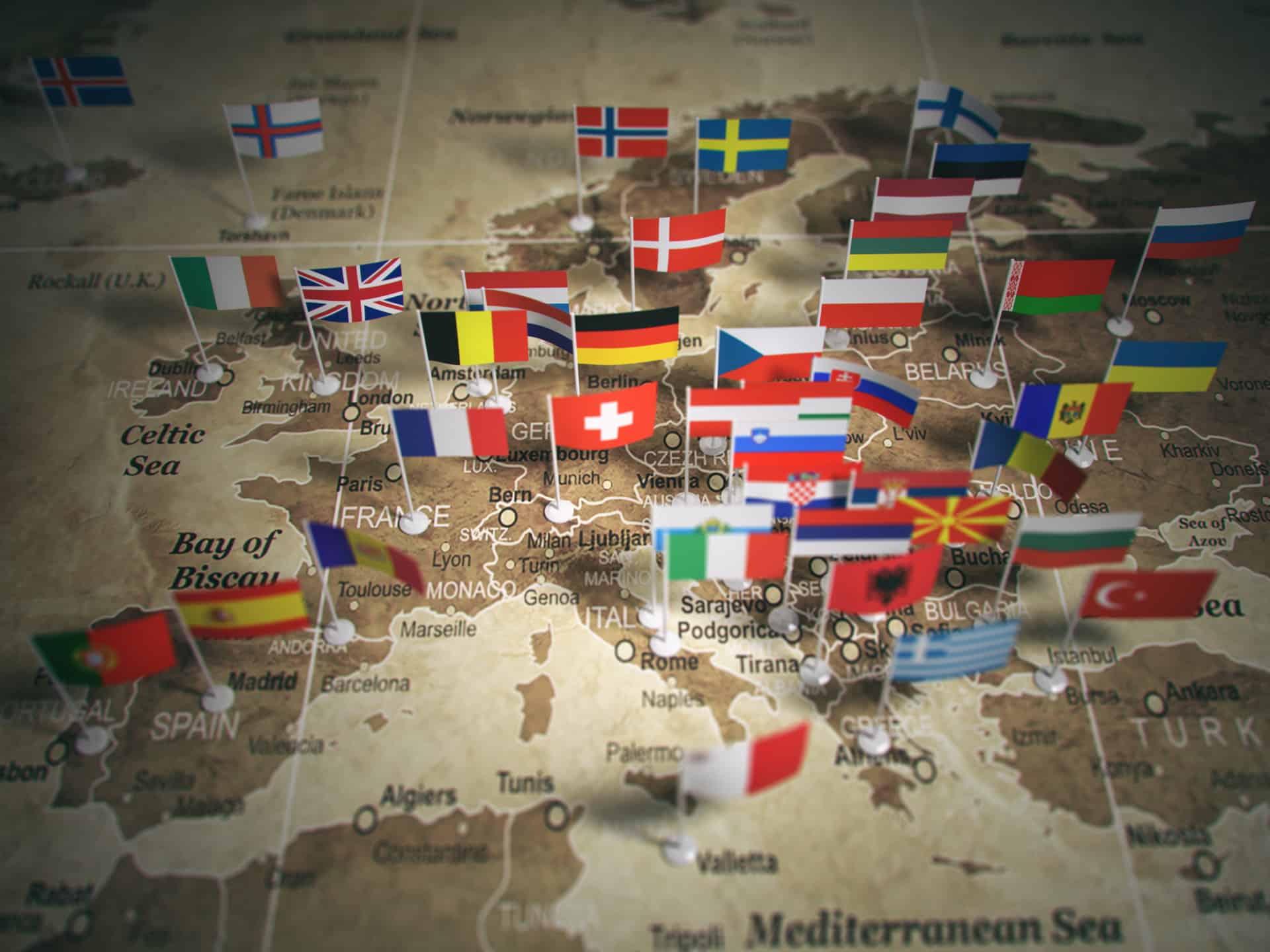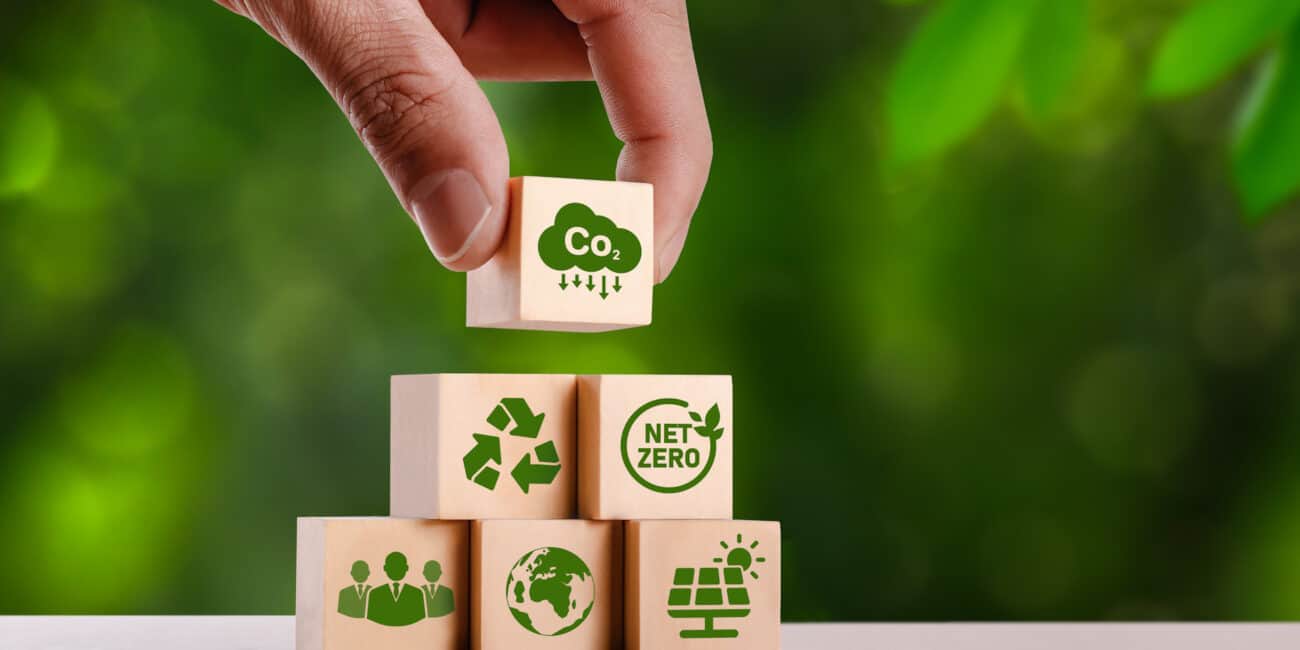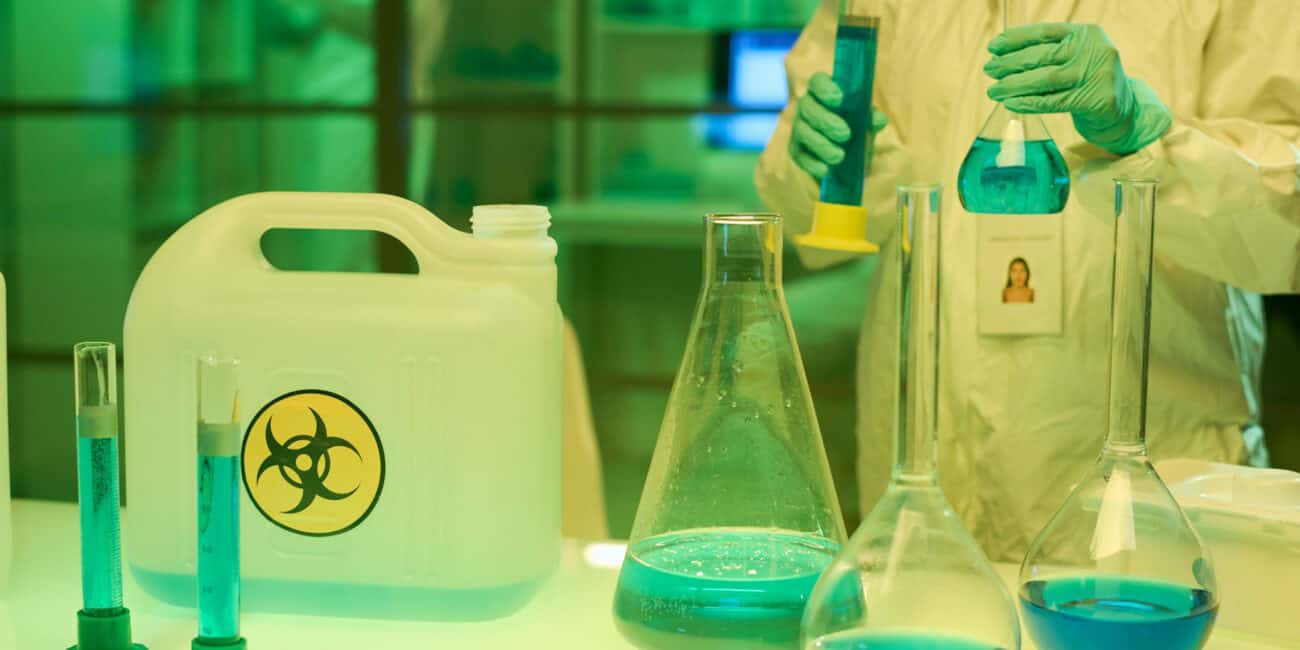From the Packaging Directive to the Packaging Regulation
Over the years, the European Union has drafted comprehensive Directives and Regulations standardizing the production, use and recovery of packaging. The objective of these regulations is to minimize packaging waste and promote the circular economy. Pursuant to the Directive 94/62/EC, which has been in force since 1994, all products made of materials of any nature to be used for the containment, presentation, protection, and transportation of goods are defined as packaging. Consequently, they have to be recoverable and reusable.
The provisions of the current EU Packaging Directive stipulate that any packaging put on the market in the EU has to fulfill specific minimum requirements in terms of weight, recoverability, and volume. The German Packaging Act (VerpackG), which came into force in 2019, implements these requirements by way of a dual system that regulates the disposal of packaging waste and enlists manufacturers to bear their share in the costs of recycling. However, the EU is about to introduce a new Packaging Regulation, which extends and expands the current provisions and further tightens the regulations.
This Regulation is part of a wider approach to promoting the circular economy and reducing the environmental impact of packaging waste. It is expected to come into effect within 18 months of its formal adoption and publication in the Official Journal of the EU, i.e., sometime around the end of 2025 or beginning of 2026, giving the member states and economic stakeholders enough time to prepare for the new requirements. The new Regulation will introduce a comprehensive definition of packaging covering all types of packaging, including those that may not have been appropriately regulated before.
The new Regulation aims at increasing recoverability while reducing the use of non-returnable materials and materials that are difficult to recycle. This underlines the commitment of the EU with respect to a sustainable environmental policy, and ensures that the packaging industry does its part in the protection of the environment.
Safety requirements and labeling
To be able to guarantee the protection of the environment and the consumer, the European legislation imposes stricter labeling and safety requirements for packaging. According to the existing Directive, all packaging marketed in the EU is required to be hygienic, safe, and free of hazardous substances.
In Germany, the Directive 94/62/EC is transposed into national law by way of the Packaging Act. This Act also obligates both sellers and manufacturers to register with and participate in a dual system for the recovery of packaging. In regard to the labeling required for identification of the packaging material, the parties involved have access to the identification system for packaging materials according to the Decision 97/129/EC, e.g., LDPE 4 for low-density polyethylene. If you decide to use the identification system, please note that using other numbers and acronyms is not permitted.
Exceptions from the definition of packaging
The provisions in the EU Packaging Directive not only provide for clear definitions and packaging standards, but for specific exceptions as well. These exceptions are intended to exempt certain materials and products that could constitute practical or technical challenges from the requirements of the Directive. This includes, in particular, the following types of packaging:
- Industrial packaging: This means packaging that is intended solely for use during the production processes or for transport, but not for the end consumer. This type of packaging is often recycled or reused within the framework of a controlled closed loop within the industry.
- Immediate product packaging: Under certain circumstances, packaging that is in direct contact with a product, but that is essential for the product’s durability or hygiene, may be exempt from the Directive. These exceptions can, for example, include packaging of medical or pharmaceutical products where the packaging is intended only for storage and for the safety of the content.
- Reusable packaging: If packaging was specifically designed to be used more than once, an exemption from the Directive is possible, but only if efficient recycling or reuse is ensured. This includes reusable containers in logistics and catering that are specially treated and maintained to ensure their durability and safety.
The definition and the corresponding exceptions of the Packaging Directive have a significant effect on the applicability and implementation of the legislation. This gives companies the flexibility they need to develop specific solutions for various challenges. Consequently, sellers and manufacturers can ensure that their products are packaged efficiently and safely, without going to unnecessary trouble to comply with non-relevant regulations. Furthermore, the clear distinction between packaging in general and the specific exceptions helps to reduce the environmental impact because it is aimed specifically at avoiding unnecessary packaging and optimizing the recycling processes.

Obligations of manufacturers and sellers
The statutory provisions also provide for detailed obligations for the sellers and manufacturers who are responsible for putting packaging on the market. They have to observe statutory minimum standards that packaging has to comply with in terms of recoverability and environmental compatibility.
An important part of this obligation is the minimization of the use of hazardous substances in packaging, and the guarantee that efficient recovery of such packaging is possible.
The Extended Producer Responsibility, or EPR, is a key aspect of the Directive. The Directive provides for an obligation for the manufacturers to not only comply with the applicable regulations in terms of design and materials, but to bear part of the costs of the collection and recovery of packaging after use as well. In Germany, this is done by way of the above-mentioned dual system, where both manufacturers and sellers are obligated to participate in one of several certified systems that organize the return and recycling of packaging.
E-commerce sellers are, in fact, subject to additional specific regulations resulting from the Packaging Act. For example, online sellers are obligated to ensure that the packaging used is licensed, and that the cost of disposal and recovery of such packaging is covered. Consequently, they have to register with a dual system and pay the respective license fees. This obligation applies irrespective of whether such packaging was produced in Germany or imported.
The current regulation provides for penalties for any violation of the Packaging Act, ranging from fines to prohibitions of sale. These rather strict measures clearly show how important the proper disposal and recovery of packaging is to the EU and the German authorities.
Different EU member states, different obligations
Even though the EU Directives standardize the basics of packaging and recovery, there are significant differences between the individual countries within the European Union when it comes to the implementation of these Directives. These differences especially affect those companies, including e-commerce sellers, who export their products to different EU countries, i.e., who have to observe the respective national provisions.
As mentioned above, the EU Packaging Directive 94/62/EC provides for certain minimum standards, but gives the member states the freedom to implement their own and possibly stricter laws (see also our blog post on Austria in this respect). Since licensing and recovery are part of a dual system in Germany pursuant to the Packaging Act, online sellers have to register with the Central Agency Packaging Register, also known as “LUCID”, and have their packaging licensed within the framework of a dual system. This is done to ensure that packaging waste is properly recovered. In other EU countries such as France or Spain, on the other hand, companies have to join national return systems that may define different requirements. This means that companies that operate in several EU countries have to know the specific national provisions and develop appropriate compliance strategies in order to avoid legal consequences.

Summary and outlook at the expected changes
The current Packaging Directive is planned to be replaced by the EU Packaging Regulation, which entails significant changes.
- New definitions and higher requirements: The new Packaging Regulation includes a more comprehensive definition of packaging that includes types and materials that have, until now, been subject to few regulations. It focuses on improving the recoverability and minimizing the use of non-returnable materials and materials that are difficult to recycle. Particular attention needs to be paid to the planned introduction of stricter provisions regarding the use and concentration of hazardous substances in packaging materials, which aim at protecting the users’ health and the environment.
- Higher recovery targets: The objective of the new Regulation is to recover at least 65%, measured by weight, of all packaging waste by December 31, 2025. It also specifies minimum percentages for various materials, such as plastic and paper. The targets are planned to be continuously increased until December 31, 2030, in order to achieve an even higher recovery rate. Obviously, this requires considerable adjustments in the industry in order for them to be able to meet these higher requirements.
- Higher proportion of recyclable materials in plastic packaging: New minimum percentages for the proportion of recyclable materials in plastic packaging will become applicable as of January 1, 2030. Consequently, the demand for recycled plastic will continuously increase, and the development of recycling technologies will be pushed. The objective of the new Regulation is to reduce the dependence on new, immaculate plastic and instead promote the recovery of plastic waste.
- Labeling and information obligations: From 2026, packaging will be required to be equipped with new, standardized labels that provide information about the material composition, recoverability, and correct disposal of such packaging to the consumer. This is done to improve transparency and, consequently, increase the recovery rates.
- Future of the packaging industry: The imminent changes have a significant effect on the packaging industry, and on the European economy, which uses global supply chains, in particular. Companies will be forced to review their production processes and choice of materials in order to comply with the new regulations. Consequently, we can expect innovations in the design and production of packaging, which could simultaneously promote a shift towards more sustainable practices in related industries.
Conclusion
The currently applicable EU packaging regulations have no doubt created a solid foundation regarding the handling of packaging waste in the European Union. The regulations require the member states to implement efficient systems for returning, collecting and recovering packaging, and promote the production of recoverable packaging materials. Since the introduction of the Directive, the recovery rates have increased significantly. This emphasizes the responsibility of the manufacturers for the recovery of their products. Thus, the Directive not only led to increased product responsibility and recoverability, but most importantly, it raised a new awareness of the importance of sustainable packaging. These developments demonstrate the influence of legislation on packaging design and a contribution to a more sustainable economy. Despite all the challenges in the standardization of recycling processes, the current regulations provide a sound basis for the imminent improvements in the circular economy within the EU.
We at Tradavo can help you
Do you need help with all these regulations? Make an appointment for a non-committal initial consultation with our compliance experts at Tradavo, and we will work with you to find out where you need to take action and how we can best help you with that!
You need assistance?
It is best to book an appointment directly for a free initial consultation.
Who wrote this article?
As an author, Christina fills the blog section of our website with exciting and informative articles, so that our readers can always take care of product compliance in their company in the most well-informed way.




